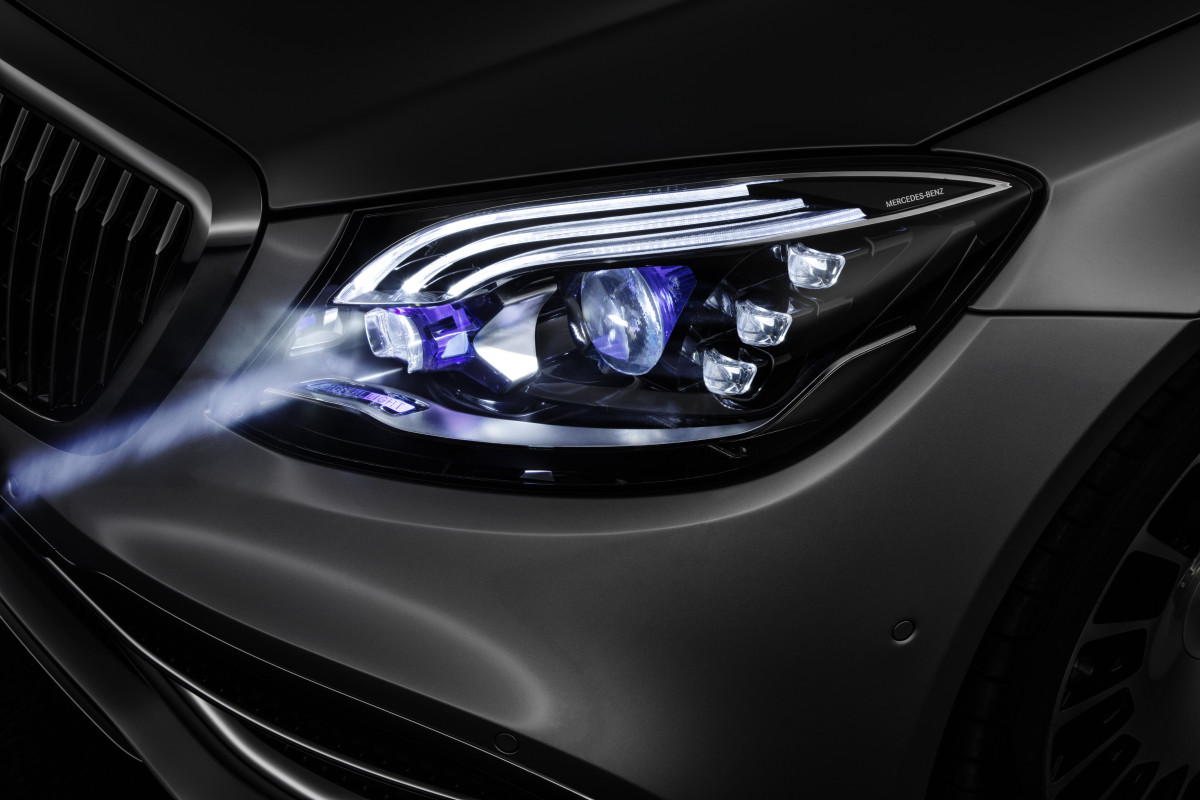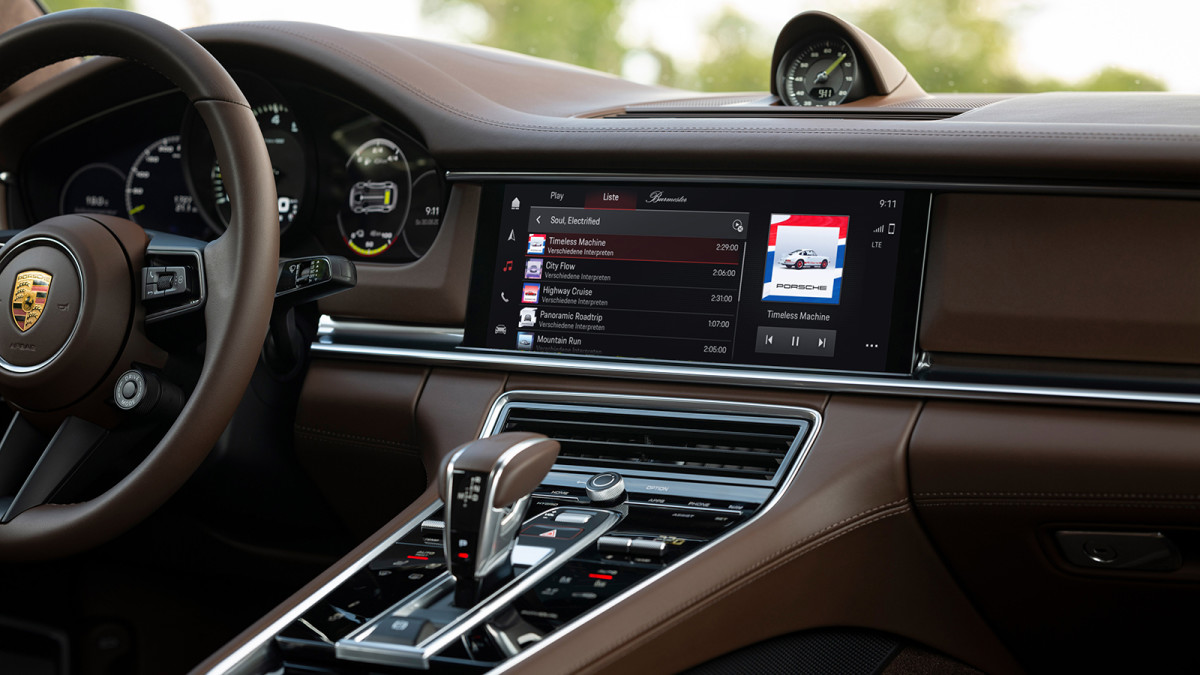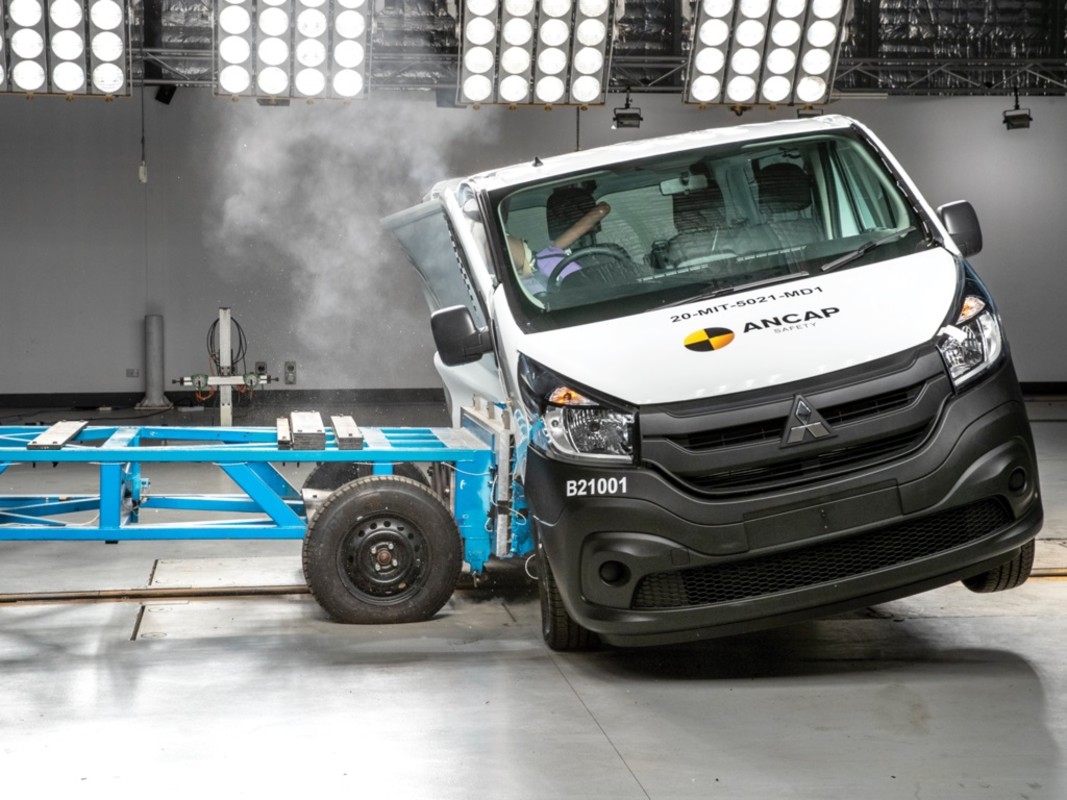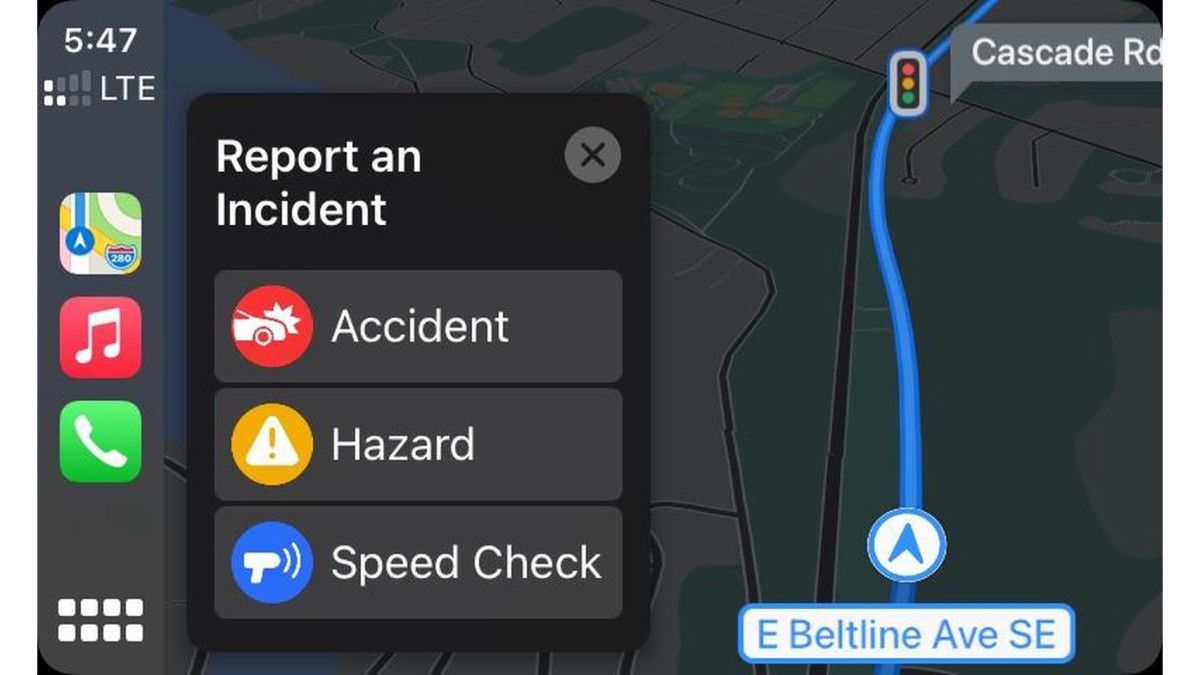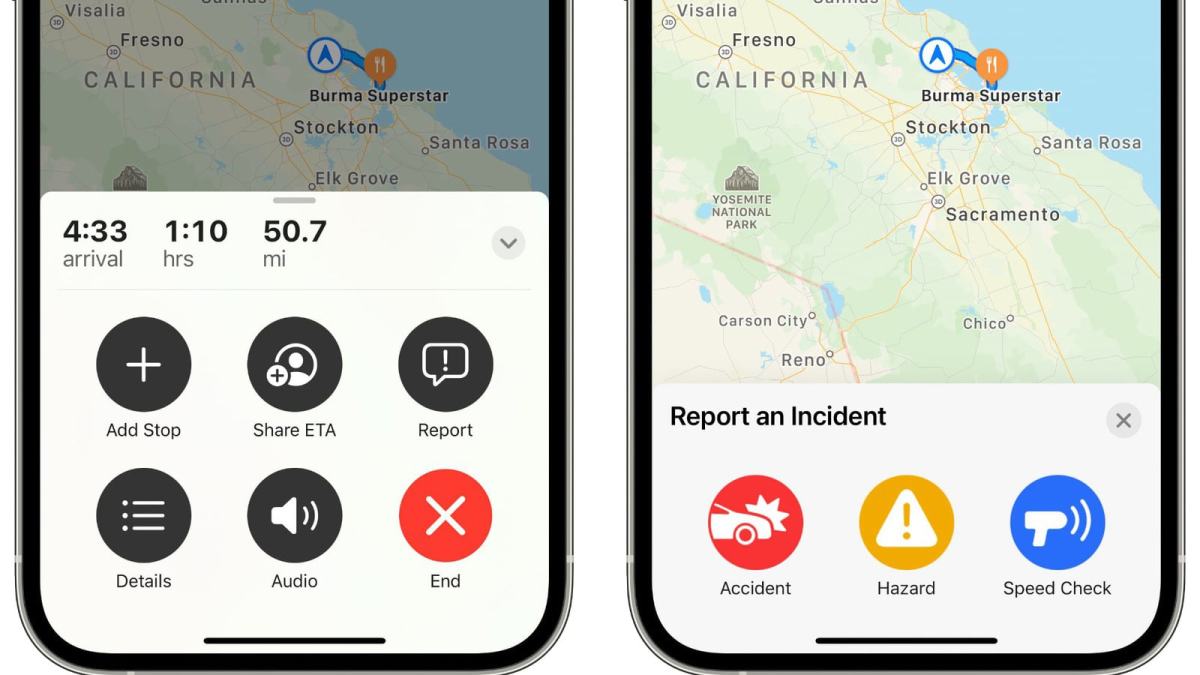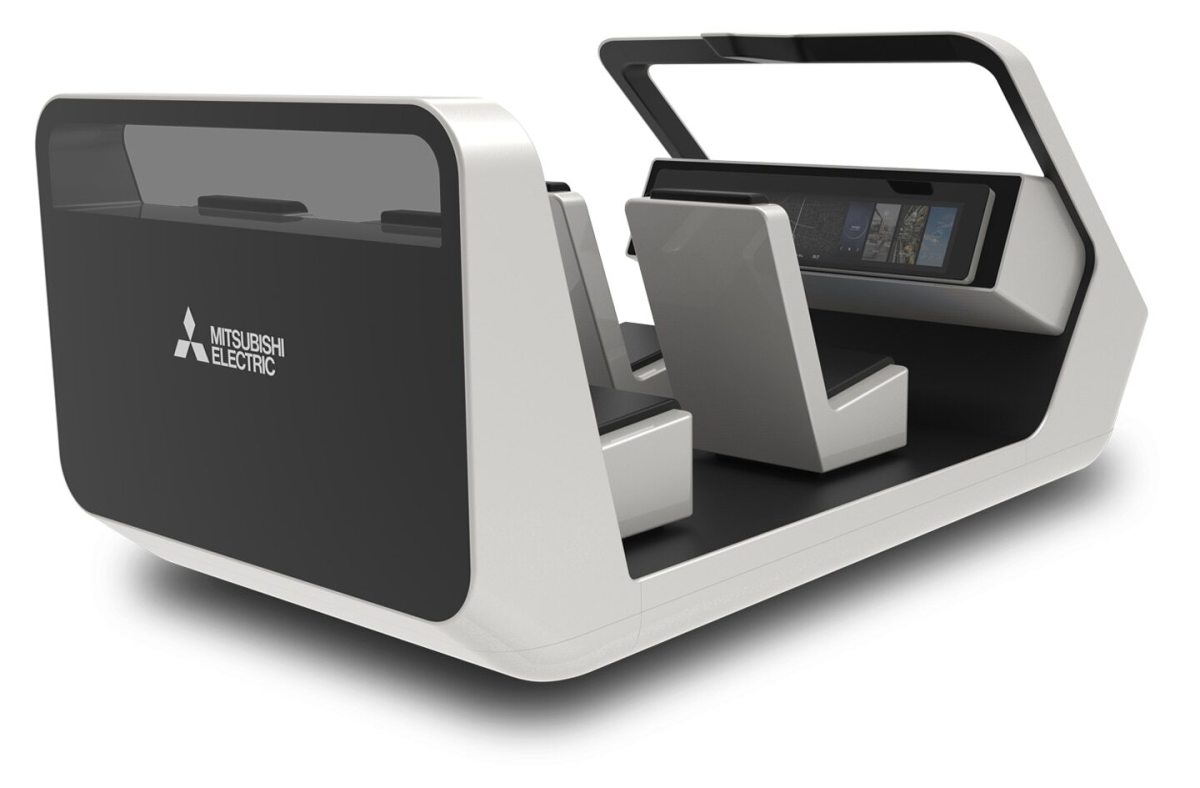
Mitsubishi Electric is showing the latest version of its EMirai concept vehicles. The EMirai series has made recurring appearances at CES, showing off the company's — which is a separate entity from Mitsubishi Motors — latest driving technologies. The newest iteration, whose complete name is the EMirai xS Drive Concept, is scheduled for debut at CES 2022.
Past EMirai concepts ("Mirai", like the Toyota hydrogen fuel cell vehicle, means "future" in Japanese) have focused on technologies such as driver biometrics and augmented reality to make help alleviate the task of driving. The EMirai xS Drive continues on this theme with two primary advancements.
In the realm of biometrics, the concept monitors the the driver with a near-infrared camera to detect their health. It not only checks on drowsiness, but emergency situations where an autonomous intervention may be required. It does this by keeping tabs on the driver's respiration rate and pulse, as well as checking for sudden changes in facial expressions like the closing of eyelids or opening of the mouth. If an emergency is detected, the car will take over and park to prevent accidents.
This seems to be geared towards elderly drivers, which tend to live in rural and suburban areas in Japan where public transportation isn't always an option. Mazda recently released a similar technology in Japan as well.
The system can also detect passengers, including children, using radio waves. By not relying on a weight sensor embedded in the seat like in some modern vehicles, the system can detect a child even if he or she is hiding in a footwell.
The EMirai xS Drive also uses a Mitsubishi Electric High Definition Locator to operate adaptive headlights. Operating in conjunction with the driver monitor above, it turns the headlights to better illuminate the direction where the driver's head is turned, such as a curve or slope ahead.
The system also looks for other hazards, like pedestrians who may be crossing a dark road, and uses the adaptive headlights to cast more light on those subjects. It also looks for vehicles approaching from behind, and projects a warning onto the road surface ahead, within the headlight beam spread, so the driver knows what's behind without shifting focus onto a rear-view mirror.
It appears, though, whereas past EMirai concepts have been built around an actual show car, the latest evolution is just a four seats and a dashboard in a standalone cockpit. While Mitsubishi might be on the name of the concept, this is not intended to be an exclusive feature to Mitsubishi Motors' vehicles. The Mitsubishi Group is so vast, with interests in everything from banking to mining, that Mitsubishi Electric will likely develop this solution for use in any brand that is willing to buy the technology.
Related Video:

